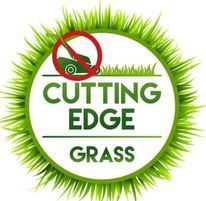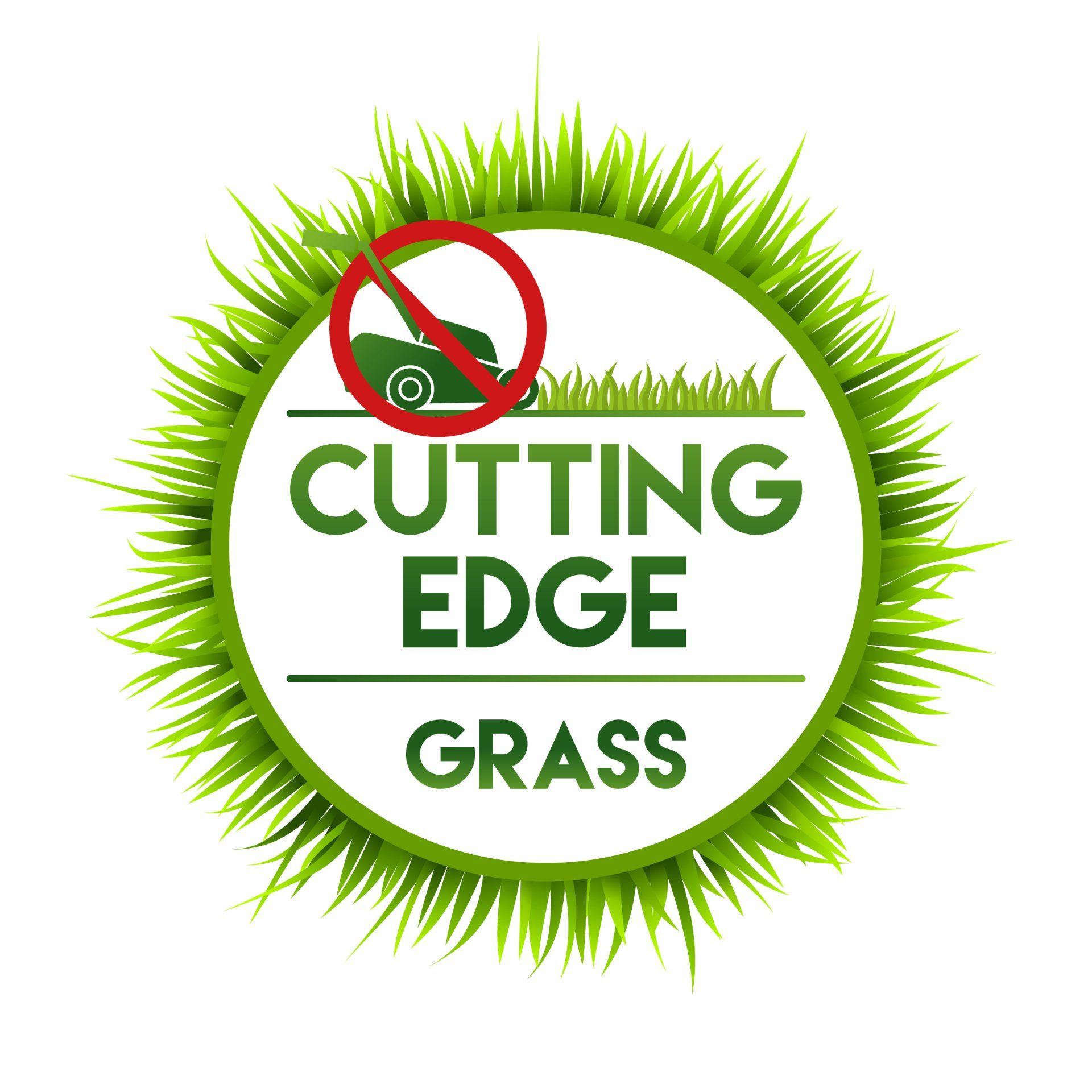Garden Fencing
Garden Fencing
Garden Fence Builder Near Me in Irvine, North Ayrshire
Garden Fence Builder Near Me in Irvine, North Ayrshire
A Guide to Different Fencing Types in the UK
Fencing plays a crucial role in defining property boundaries, enhancing security, and adding aesthetic value to homes and commercial spaces across the UK. Whether you need fencing for privacy, safety, or decorative purposes, various options are available to suit different needs and budgets. Below, we explore the most common fencing types used in the UK.
1. Closeboard Fencing
Closeboard (or feather edge) fencing is one of the most popular choices for residential gardens. It consists of vertical wooden boards that overlap slightly, creating a solid barrier. This type of fencing provides excellent privacy and security, making it ideal for homes. Closeboard fencing is also durable, especially when treated to resist rot and weather damage. It requires occasional maintenance, such as painting or staining, to prolong its lifespan.
2. Panel Fencing
Panel fencing is a cost-effective and easy-to-install option commonly found in UK gardens. It consists of pre-made wooden panels attached to posts, making installation quick and straightforward. There are different styles, including lap panels (overlapping horizontal slats) and decorative trellis panels. While not as robust as closeboard fencing, it still offers decent privacy and wind resistance. Regular treatment is necessary to prevent decay.
3. Picket Fencing
Picket fencing is a traditional and decorative option often seen in front gardens. It consists of evenly spaced vertical wooden slats (pickets) attached to horizontal rails. While not designed for privacy, it effectively marks boundaries and keeps pets or small children safe. Picket fences are commonly painted white but can be stained or coloured to match any garden theme.
4. Post and Rail Fencing
Commonly used in rural settings and equestrian properties, post and rail fencing consists of wooden posts connected by horizontal rails. This type of fencing is ideal for marking boundaries without obstructing views. While not suitable for privacy or security, it provides a rustic charm and is effective for containing livestock. The wood should be treated to prevent rotting, especially in wet climates.
5. Metal Fencing
For a more robust and long-lasting option, metal fencing is widely used for both residential and commercial properties. There are various types, including:
Wrought Iron Fencing – A decorative and highly durable option, often seen around historic properties and grand homes. Regular painting is required to prevent rust.
Steel or Aluminium Fencing – Provides security and is often used for commercial premises. Powder-coated finishes make it low-maintenance and weather-resistant.
Mesh and Chain Link Fencing – Affordable and commonly used for securing sports grounds, schools, and industrial areas. It offers visibility while maintaining security.
6. Composite Fencing
A modern alternative to wood, composite fencing is made from a blend of wood fibres and recycled plastic. It mimics the appearance of wood but requires minimal maintenance, as it doesn’t rot, warp, or require painting. Composite fencing is more expensive initially but offers long-term durability and eco-friendliness.
7. Bamboo and Willow Fencing
For a natural and eco-friendly option, bamboo and willow fencing is becoming increasingly popular. These materials are lightweight and provide a rustic aesthetic, perfect for garden screens or decorative boundaries. However, they are less durable than wood or metal and may require more frequent replacement.
Choosing the Right Fencing
When selecting a fence, consider factors like privacy, security, durability, and maintenance. The UK's damp climate means wooden fences should be treated against rot, while metal fences should have rust-resistant coatings. Ultimately, the right fencing will depend on your specific needs, budget, and personal style preferences.
Our fencers build fences in North Ayrshire, South Ayrshire and East Ayrshire
Installation types
Installation types
Timber/Wood
Metal
Concrete
Composite
Approved Installers
AGGRI
Expert Team
Your project will be handled by experts every time. We make sure you have the most experienced professionals working for you.
Quality Guaranteed
You’ll find the support you need to ensure that things runs smoothly. We’re here to help you with any questions.
"Can't recommend Rodger and his team enough for the wonderful job they made of my back garden"
Nancy Stanway, Saltcoats
“Rodger and his team done an excellent job with our artificial grass. Professional from start to finish.”
Lori Pratt,Irvine
© 2025
All Rights Reserved | Cutting Edge Artificial Grass


